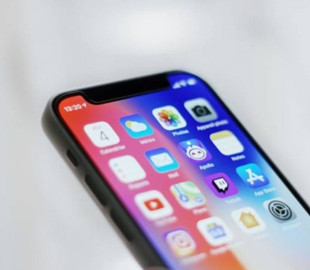
Smartphones have become an integral part of our lives: we store personal data, photos, bank cards and even work documents on them. But the more information we trust the device with, the higher the risk of becoming a victim of hacking or viruses. Here are 7 simple steps that will help protect your smartphone and keep your data safe:
1. Set a strong password or biometric protection
Use a complex password, pattern or biometric data (fingerprint, Face ID). This is the first barrier to attackers. Avoid simple combinations like «1234» or your date of birth.
2. Regularly update your operating system and programs
Updates often contain fixes for vulnerabilities that hackers can exploit. Don't delay installing new versions of your software — it's one of the easiest ways to improve your security.
3. Install antivirus
Even if you're careful, there's still a risk of catching a virus. Antivirus programs like Avast or McAfee can help detect and remove threats. Choose proven solutions from official app stores.
4. Don't download apps from untrusted sources
Use only official app stores (Google Play, App Store). If you install APK files from third-party sources, you risk downloading malware.
5. Check the resolution of applications
Some applications require access to data that they do not need to work. For example, why does a flashlight need access to your contacts or microphone? Disable suspicious permissions in your smartphone settings.
6. Use two-factor authentication (2FA)
Even if an attacker gains access to your password, two-factor authentication will add an extra layer of protection. Enable 2FA for important services like email, banking apps, and social media.
7. Be careful with public Wi-Fi networks
Open Wi-Fi networks in cafes, airports, or shopping malls are often unsecured. Use a VPN to encrypt your data if you need to connect to a network. And if possible, avoid entering passwords or working with banking apps when connected to public Wi-Fi networks.

